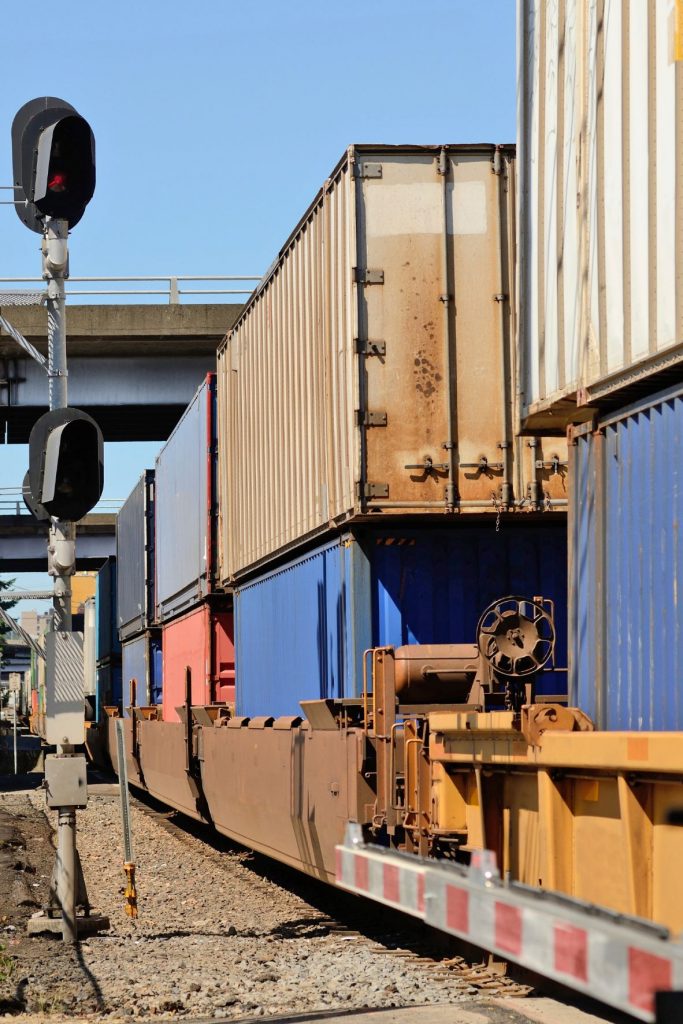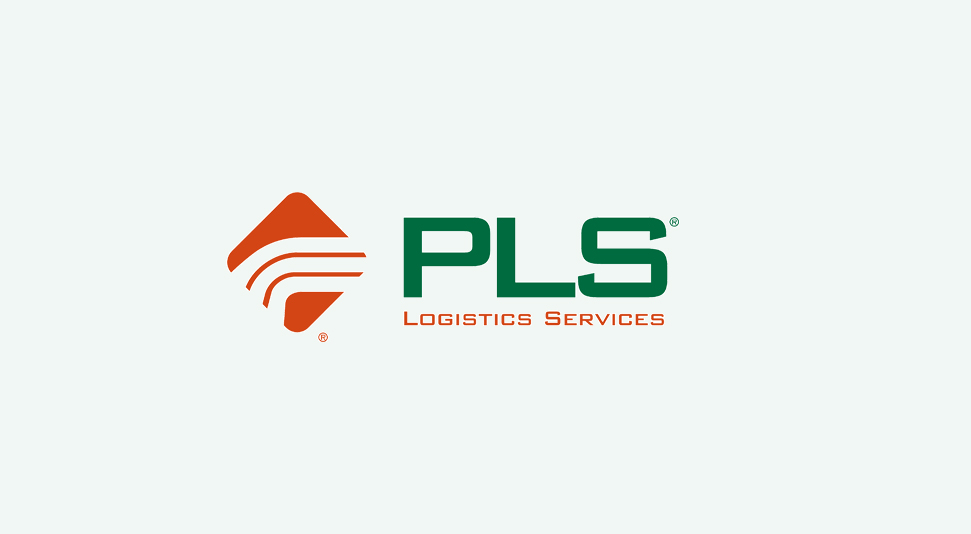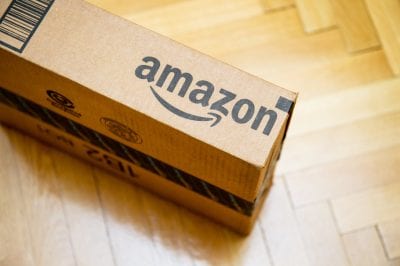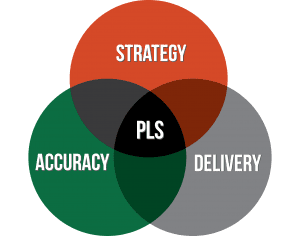Market Update: State of Capacity and Transportation Costs

This year has been less stressful for shippers compared to the strong customer demand and tight capacity of 2014. But, the situation is about to change. A recent market overview by the Journal of Commerce shows that both contract and spot market truck rates will increase.
Case Study: TMS Reporting Saves 20% for Steel Manufacturer

A national, high-quality steel manufacturer was experiencing difficulty within its supply chain because of a limited scope and sole focus on outbound management. The company wanted to remain focused on their core competencies, but its transportation needs were taking up too much time and effort.
Long-Term Partnership with a 3PL – Successful Strategies

The process of outsourcing logistics management involves a lot of trust and a costly investment for both parties. Although 3PLs find new ways to provide value for clients, many shippers are not ready to initiate strategic and long-term relationships that require deeper implementation.
Intermodal Transport – The Quick Guide

What should a shipper know about intermodal transportation before utilizing it? What are the challenges and peculiarities of this transport mode? In this quick guide, you will find basic intermodal information that may come in handy.
PLS Logistics Services Continues Expansion, Opens Office in Seattle

PLS Logistics Services (“PLS”), a leading provider of technology enabled supply chain and freight brokerage services, announced today that it has opened a new branch office in Seattle, Washington. This is PLS’ tenth office nationwide, and was opened to meet the needs of PLS’ expanding client base.
How to Ensure Cargo Security

If you are lucky enough to avoid cargo theft issues in your transportation activities, you should still be prepared to face it. Cargo theft is one of the 5 main causes of freight claims, as research shows. According to FreightWatch International (FWI), the risk of cargo theft will increase this year, compared to 2014. Cargo theft prevention and recovery network, CargoNet, reported that almost 90 million dollars in cargo was stolen last year
October Transportation News Recap

Here are some of the most talked about transportation, supply chain and logistics topics from October 2015: Road Congestion. The Department of Transportation (DOT) released its annual National Freight Strategic Plan with some interesting results. Road congestion costs motor freight carriers $27 billion per year in lost time and extra fuel costs.
LTL Shippers Pay More with Dim Weight Pricing

From a supply chain perspective, using oversized packaging is not beneficial. Many companies have utilized one-size-fits-all boxes for their LTL shipments without realizing how dimensional weight systems work and how the package affects shipping costs. Typical e-commerce packages consist of 40% air and filler, leaving LTL trailers extremely light. But this ignorance costs shippers a lot of money: in January 2015, FedEx and UPS shifted to dimensional weight pricing for all packages.
What Distribution Centers Need to Enhance Speed and Accuracy

A recent study by Honeywell and YouGov indicates the substantial impact e-commerce demands have on warehouse design and technology adoption. The survey respondents included hundreds of logistics, DC and IT professionals across the US and Europe. The survey predicts that adoption of mobile and voice-recognition solutions will increase in the next five years. The technology provides distribution centers with order fulfillment accuracy and the ability to quickly satisfy customer service requests.
Why Supply Chain Visibility Isn’t Enough

Visibility is a buzzword in the logistics environment; it represents the real-time status of supply chain processes. Nancy Marino, from Columbus Consulting, believes that today’s businesses need to go beyond visibility to full transparency. In her interview to SupplyChainBrain, she claims that consumers want to know where their order is at every point in the supply chain and that requires more than supply chain visibility. What does it mean for companies — to go from shipment visibility to true transparency and put its supply chain under analysis?

